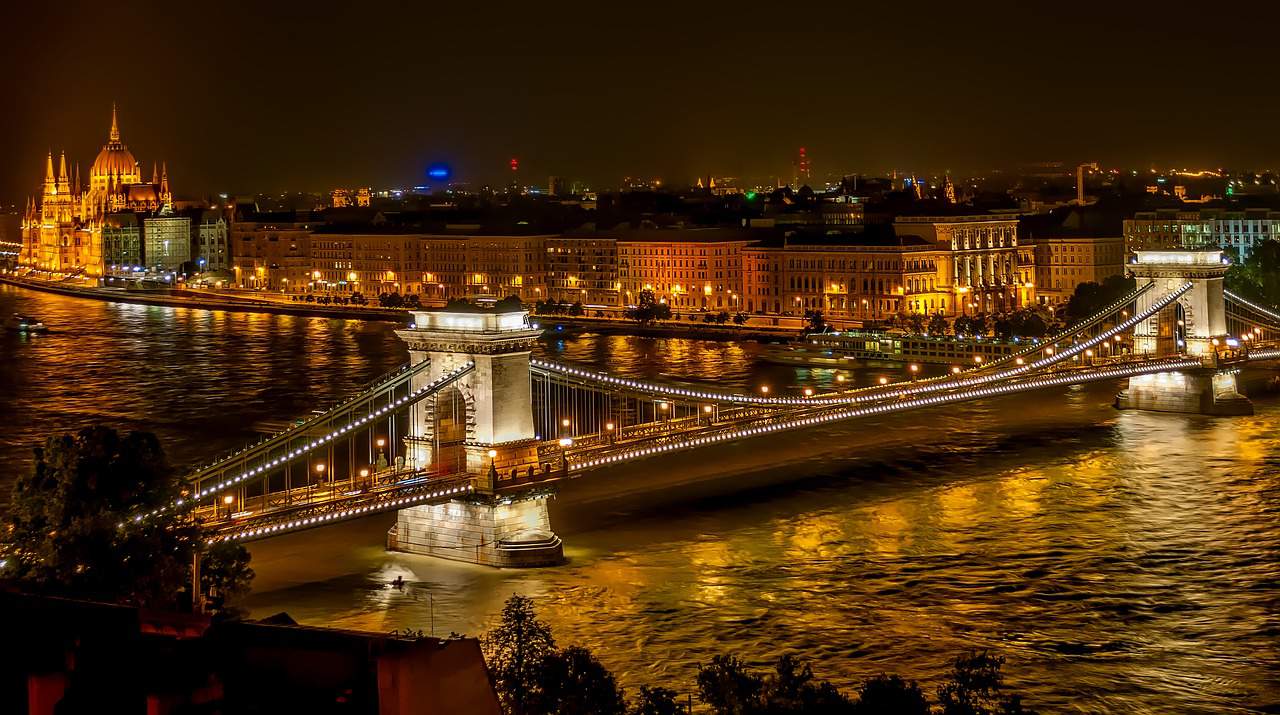Budapest is the fifth worst city for over-tourism
According to a survey by statista.com, Budapest is the fifth worst city for over-tourism following destinations like Barcelona, Amsterdam, Venice and Milan – reported weekend.at. According to the Austrian free time portal, even local residents experience the shadowy side of tourism in these cities.
Over-tourism cause political problems
In fact, statista.com’s survey involved the top 500 destinations based on arrival numbers of World Tourism Organization (UNWTO). Over-tourism was then calculated by analysing the tourism carrying capacity of each city. To do so, they took into consideration not only the number of available beds per square kilometre in the city, but they also compared the number of tourists during the peak travel season to the number of residents. Furthermore, they also asked 1,000 residents in each city to rate how positively or negatively they feel impacted by tourists during the high travel season.
Though many cities compete to become popular tourist destinations some of them have already become intolerable because of the masses of visitors. The phenomenon described by over-tourism also
affects politics in some places.
For example, in Barcelona locals elected a leftist activist in 2015 who promised to reduce the number of tourists. Thus, the city does not issue any building permits for new hotels. In Paris, Airbnb is very strictly regulated, likewise in Amsterdam. In the latter, tourist buses are banned from the downtown, and the city council does not issue new permits for souvenir shops and hotels. Furthermore, they strictly penalise rowdiness, dilapidation and other disorderly conduct. People have to pay the fines on the spot. Thus, police officers even carry a payment terminal.
Frightening away tourists by taxes?
Locals suffer from the same problems in Wachau and Hallstatt (Austria) which are both UNESCO world heritage regions. This is because even though there are only 1,000 residents in Dürnstein, a village in the heart of the Wachau region, it happens that there are 10 boats and 6 buses in the village at the same time. Thus, they are
considering to introduce some kind of tourist tax.
Moreover, they are working on a complex concept dealing with the problem of over-tourism.
Hallstatt is considering the introduction of so-called slots which would contain ‘compulsory’ cultural programs. This is because even though the number of tourists is skyrocketing in the idyllic world heritage venue, the income of museums and other tourist service providers have been falling for years. For example, in 2010 there were “only”
3,440 tourist buses while this number increased to 16,495 by 2017.
Consequently, the number of tourists arriving in the village in peak travel season rose to 7,500.
Source: weekend.at
please make a donation here
Hot news
What happened today in Hungary – 26 July, 2024
Drama: number of births in a 20-year low in Hungary
Yay or nay? – 6 odd Hungarian delicacies that make our skin crawl
Budapest tourism “exploded” this past weekend
Container transport in Budapest may stop: How will this affect Hungarian economy?
Minister: Hungary will protect its territory by every means possible




